Ashok Veeraraghavan wins Texas Academy’s O’Donnell Award
Engineer Ashok Veeraraghavan is trying to solve the issue of light scattering while taking images which could make taking photos of blood vessels from skin tissue without making a cut, a very real solution in the future.
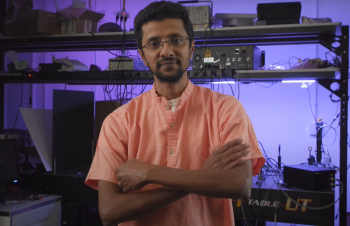 Ashok Veeraraghavan won the Edith and Peter O’Donnell Award 2024 in the category of engineering / (Screengrab from TAMEST’s YouTube video)
Ashok Veeraraghavan won the Edith and Peter O’Donnell Award 2024 in the category of engineering / (Screengrab from TAMEST’s YouTube video)
Computer scientist Ashok Veeraraghavan was awarded the Edith and Peter O’Donnell Award in Engineering from the Texas Academy of Medicine, Engineering, Science and Technology (TAMEST), one of the highest academic orders.
Established in 2006, more than 75 individuals have received the O’Donnell Awards in the categories of medicine, engineering, biological sciences, physical sciences, and technology innovation. Veeraraghavan, a professor at Texas’ Rice University, along with four other experts in the above-mentioned fields were named as 2024’s recipients.
IIT Madras and University of Maryland alumni, Veeraraghavan was chosen for his revolutionary imaging technology that seeks to make the invisible visible. Veeraraghavan and his team at Rice University are working on creating imaging systems that use novel multi-dimensional image sensors along with machine learning algorithms to undo the effects of light-scattering and see-through scattering media such as fog, smoke, rain, and human tissue.
Controlling the scattering of light could help imaging go much further. “Scattering, I believe is the holy grail problem in imaging,” Veeraraghavan said in a YouTube video for TAMEST. “Life without problems is boring. I am an engineer! I see a problem that has a compelling need, that is what excites me,” he added.
His team with support from the University of Maryland developed a technology dubbed NeuWS, an acronym for neural wavefront shaping. Through such technology, in the future, a firefighter entering a room full of smoke could have clear visibility with the help of special glasses, and car headlights could be developed to provide vision through thick fog and other climate conditions that affect visibility. It could even help surgeons look through blood vessels or skin tissue without making a cut.
All of these developments are hypothetical for now, however, the work by Veeraraghavan and team has developed to a point that could make all these scenarios potentially feasible.
Aside from his association with Rice University, Veeraraghavan also serves as a technical advisor at Light – a depth-sensing and perception technology company focused on providing automobiles with the ability to see better than humans. He has been associated with Light for almost eleven years. Veeraraghavan is also the co-founder of Synopic. Established in 2021, the company is building the next generation of depth-enabled cameras to improve visualization and decision-making during medical procedures.
ADVERTISEMENT
ADVERTISEMENT
E Paper
Video




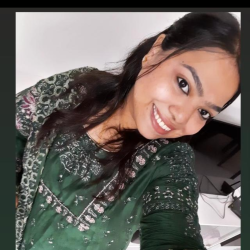 Yasmin Tinwala
Yasmin Tinwala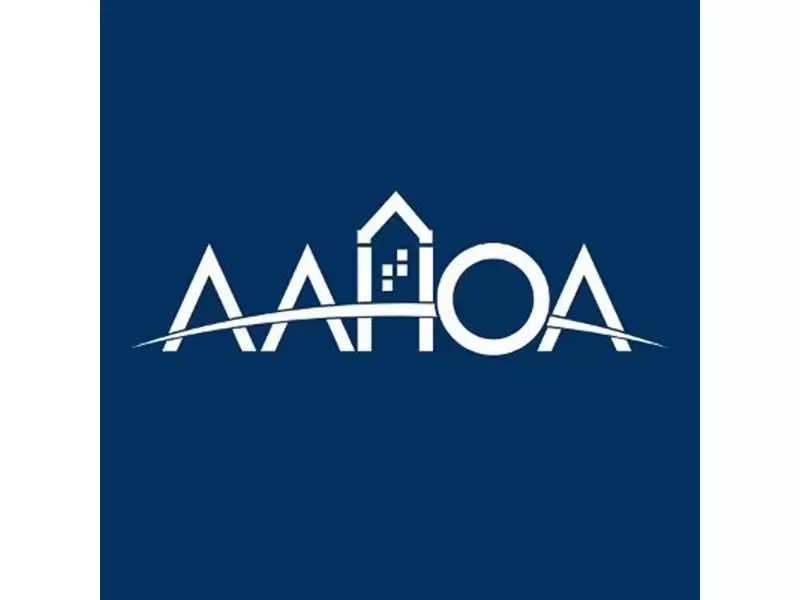
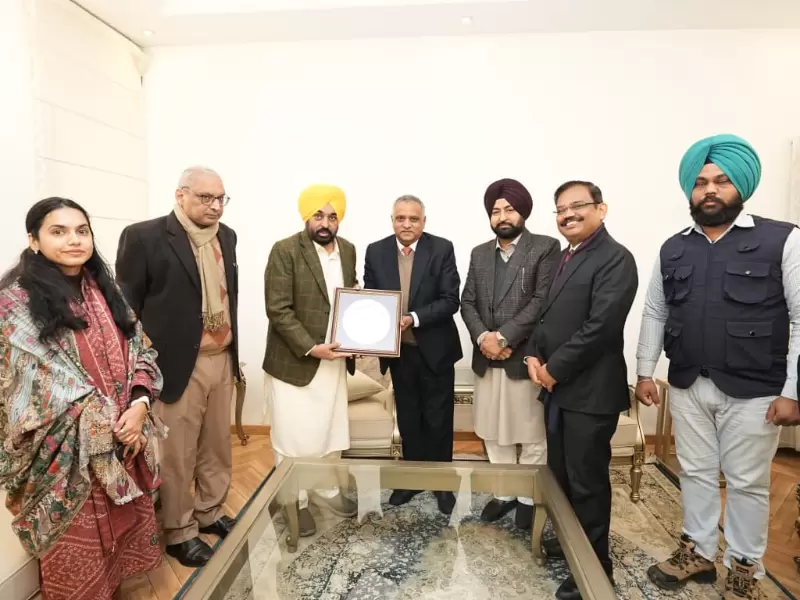
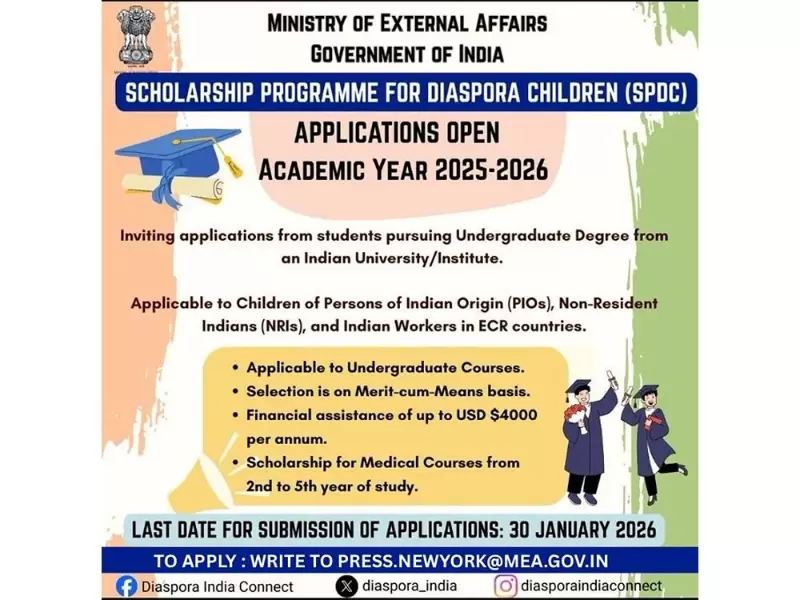

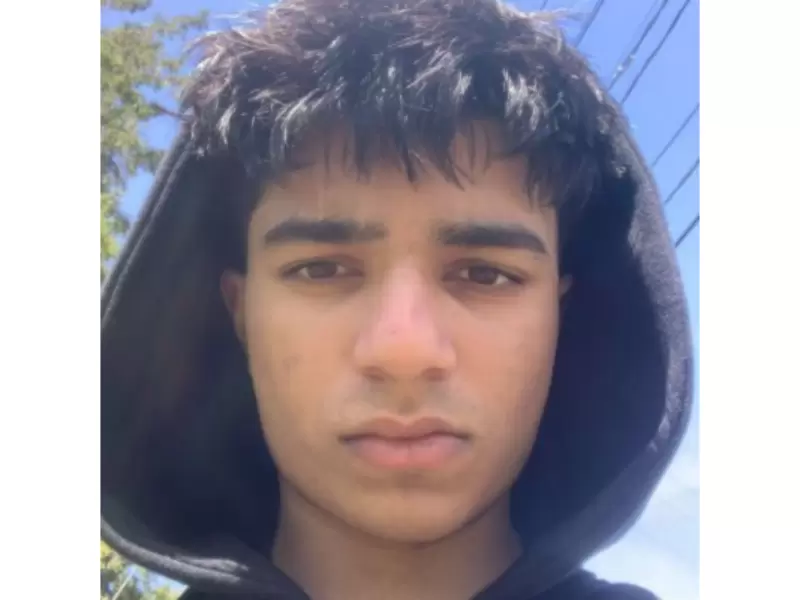
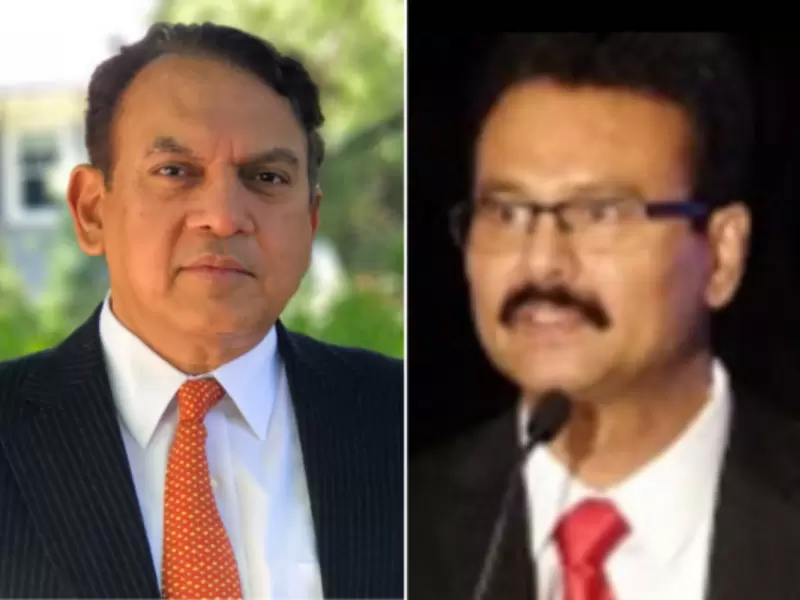


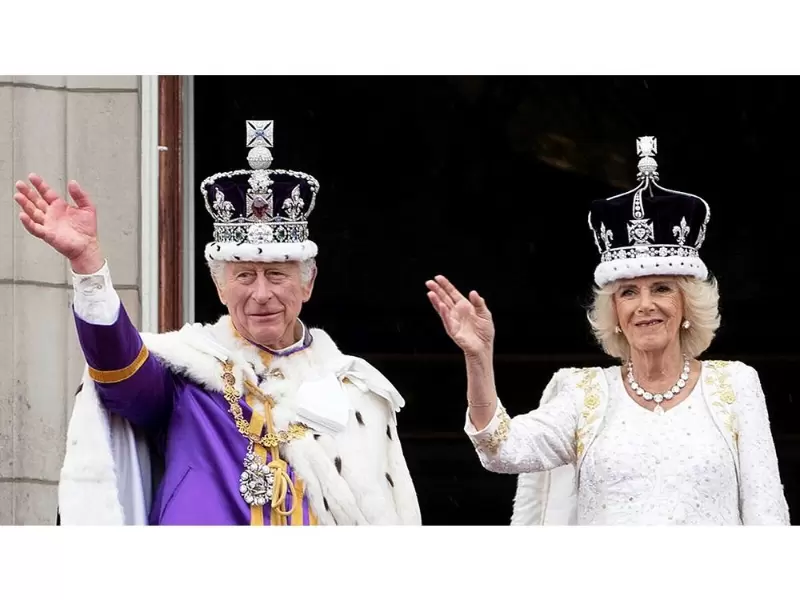
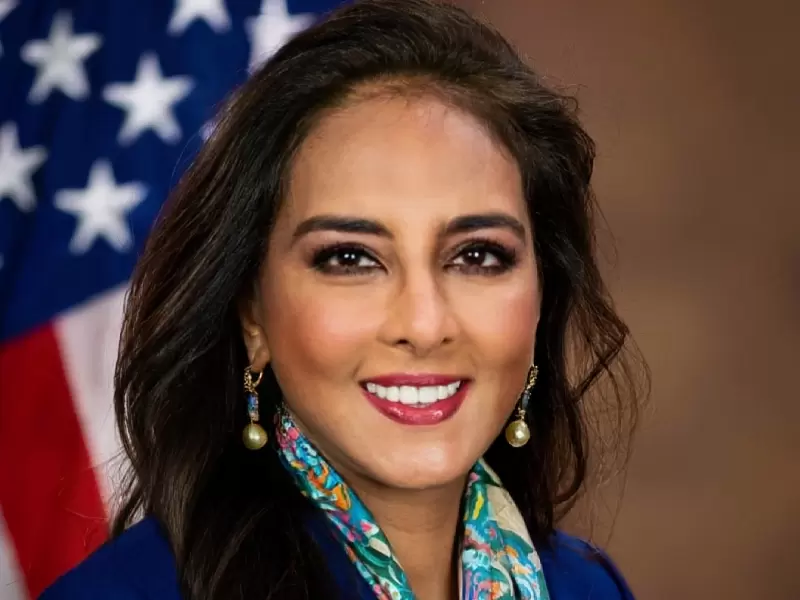

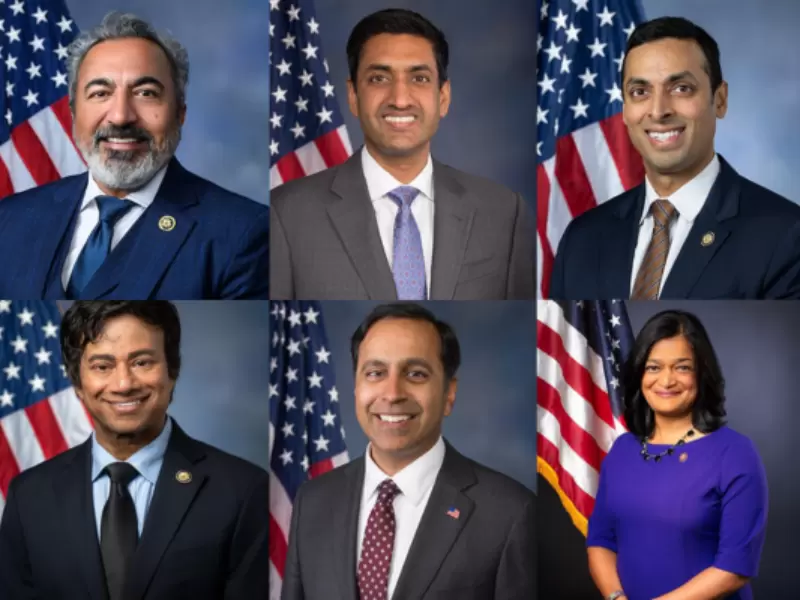

Comments
Start the conversation
Become a member of New India Abroad to start commenting.
Sign Up Now
Already have an account? Login